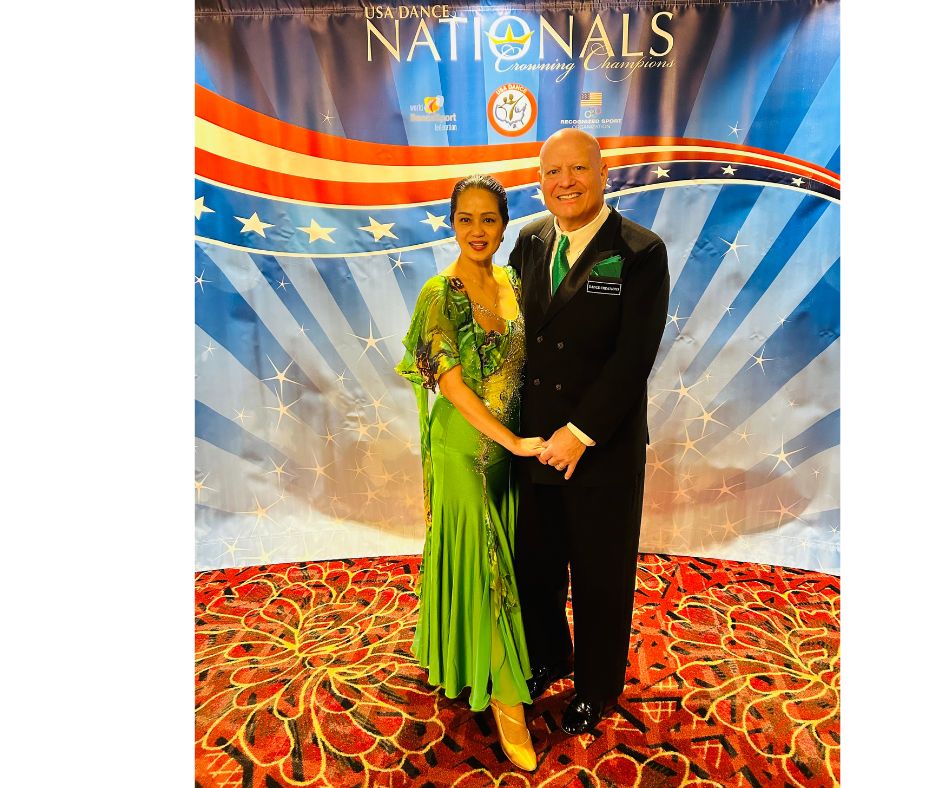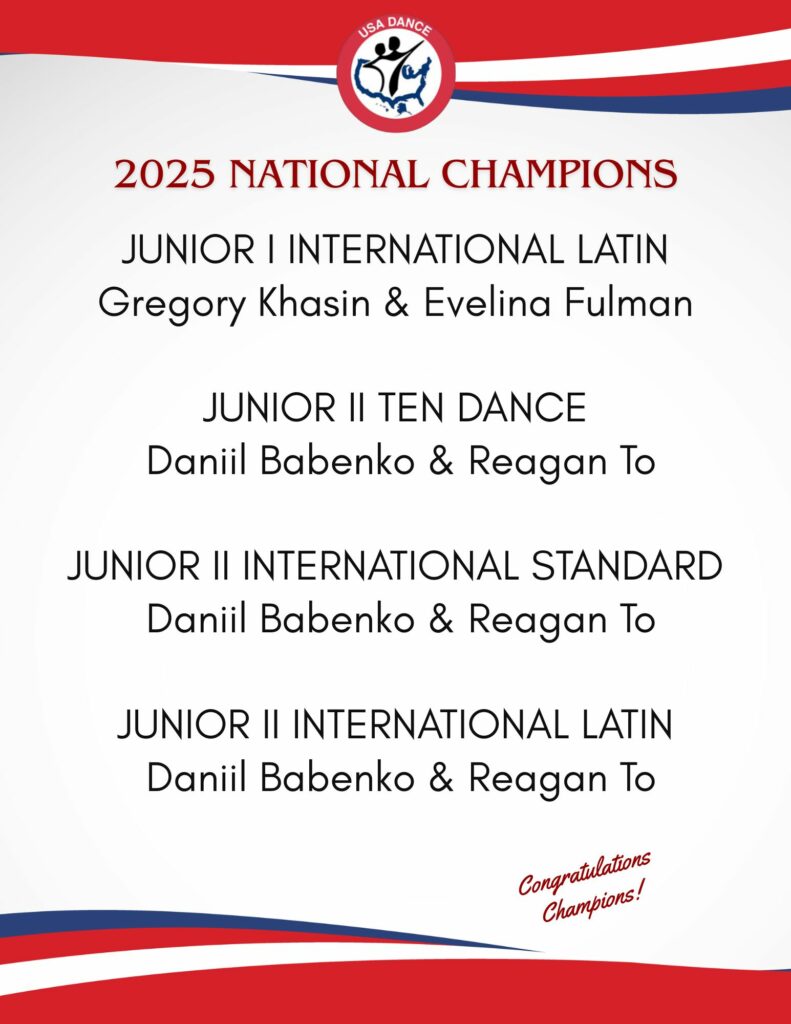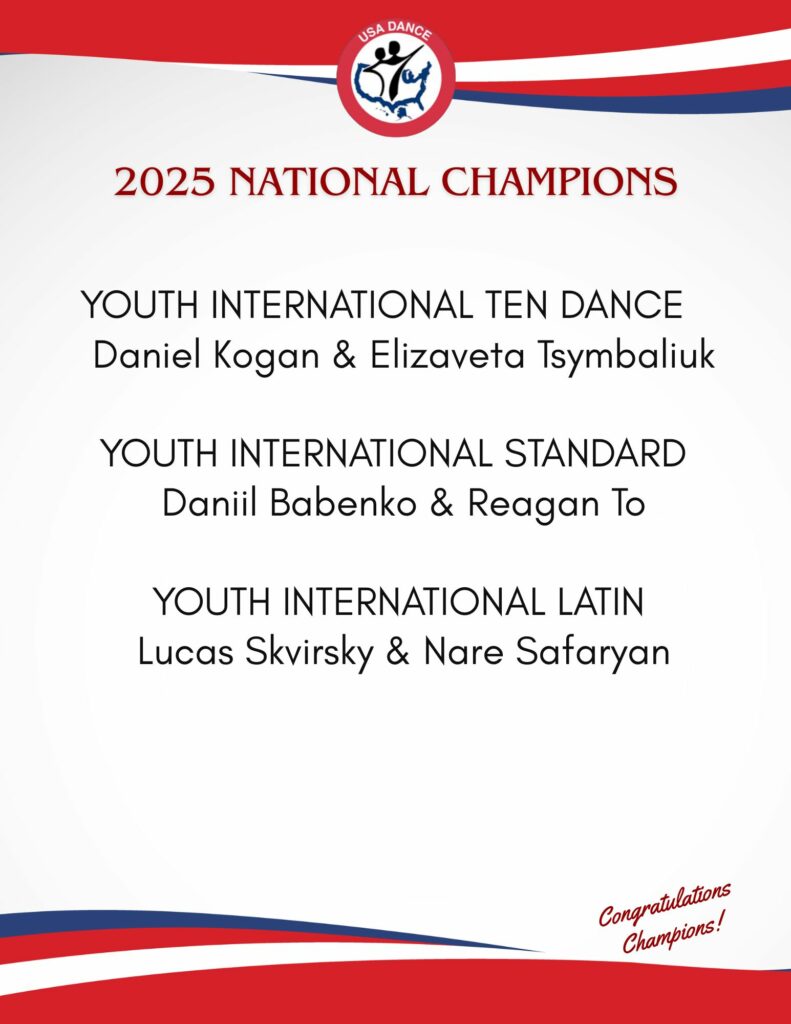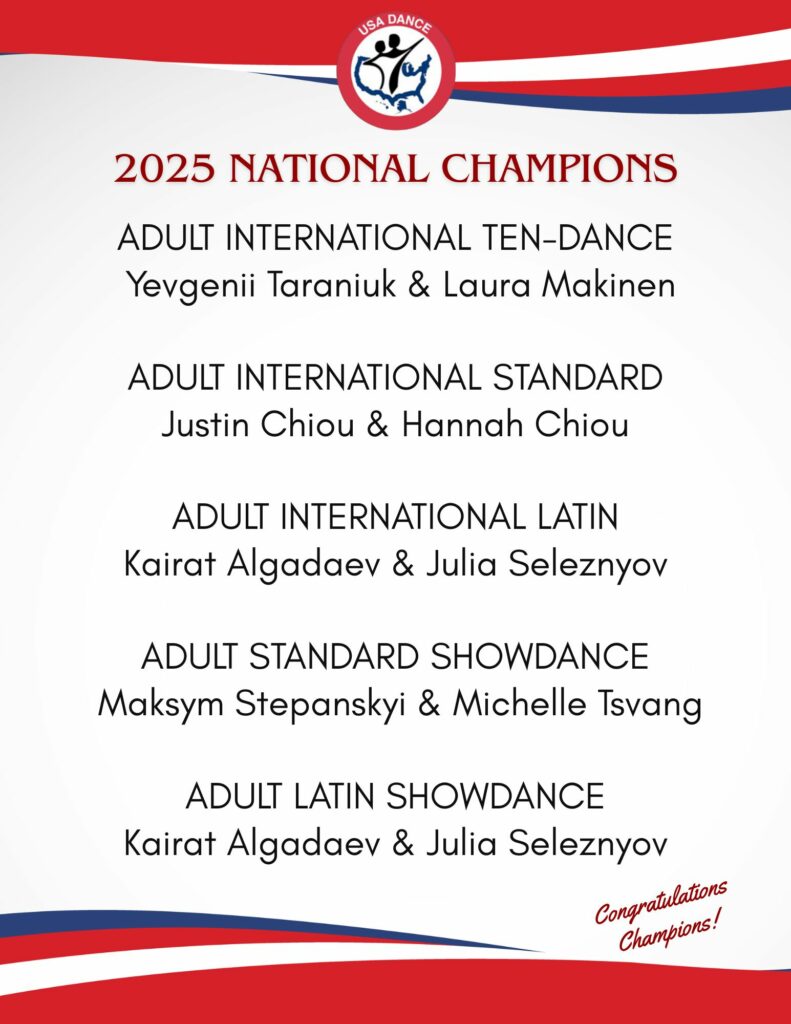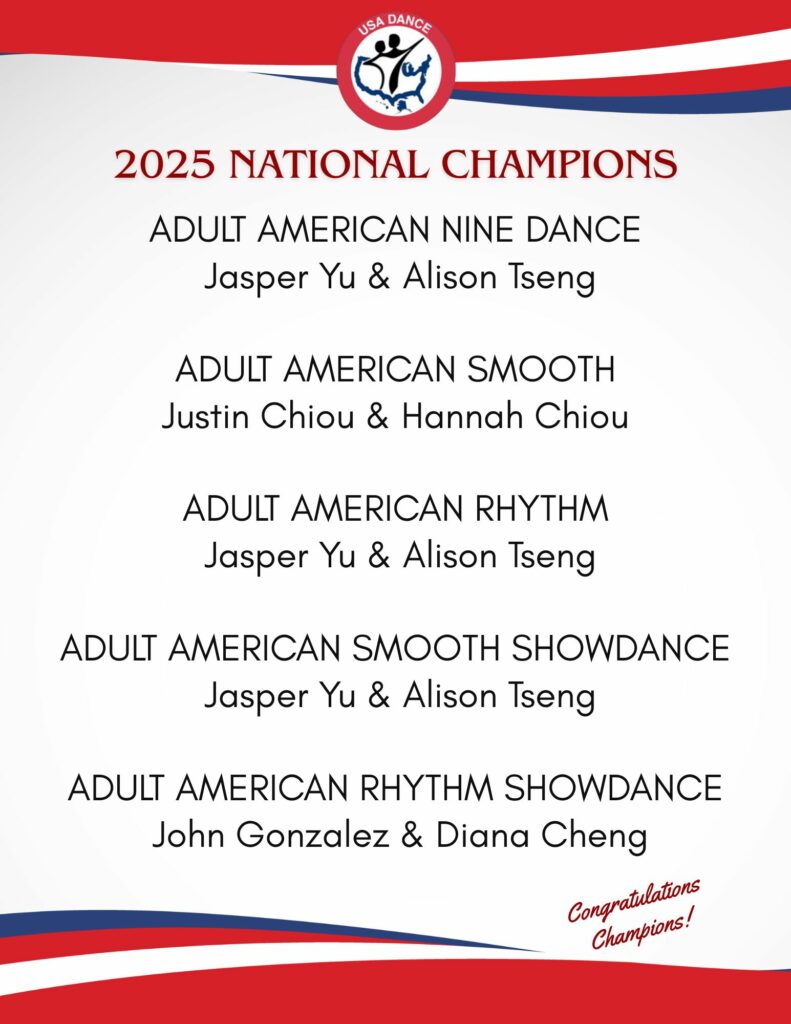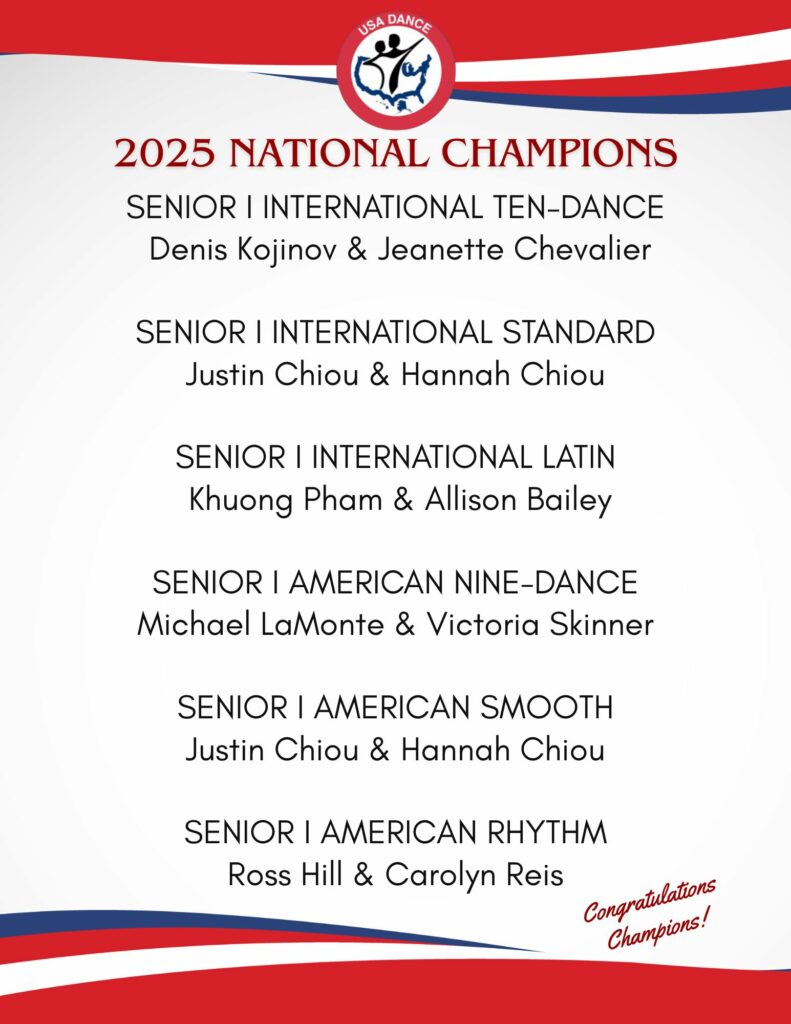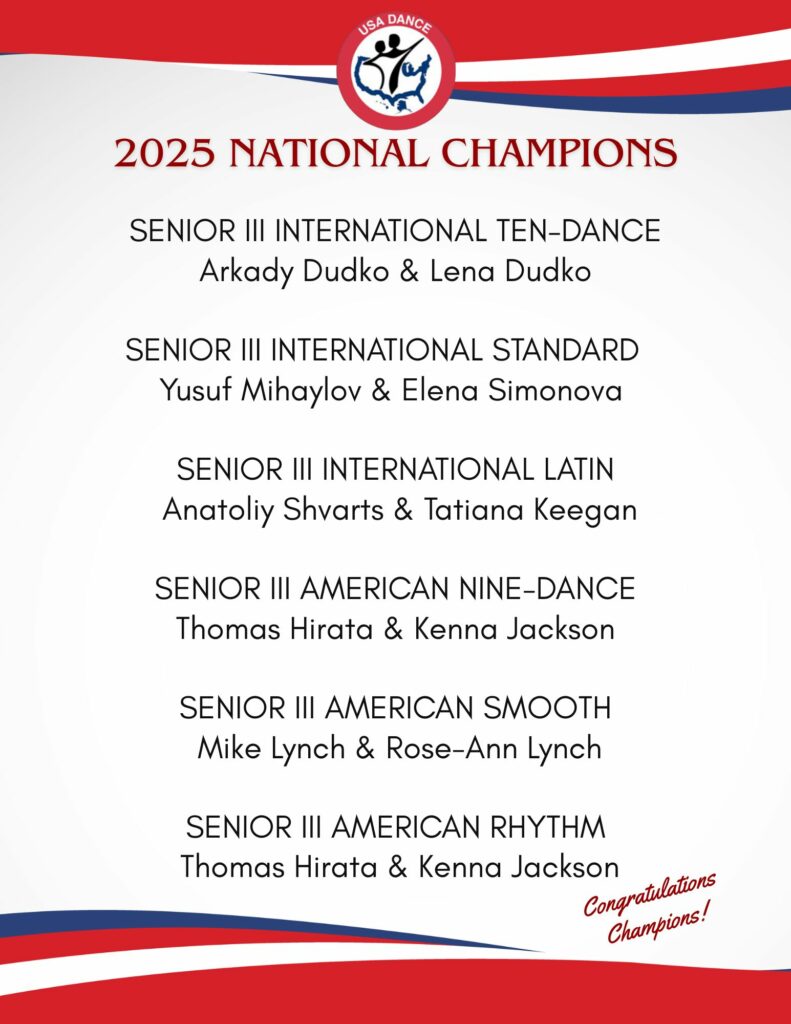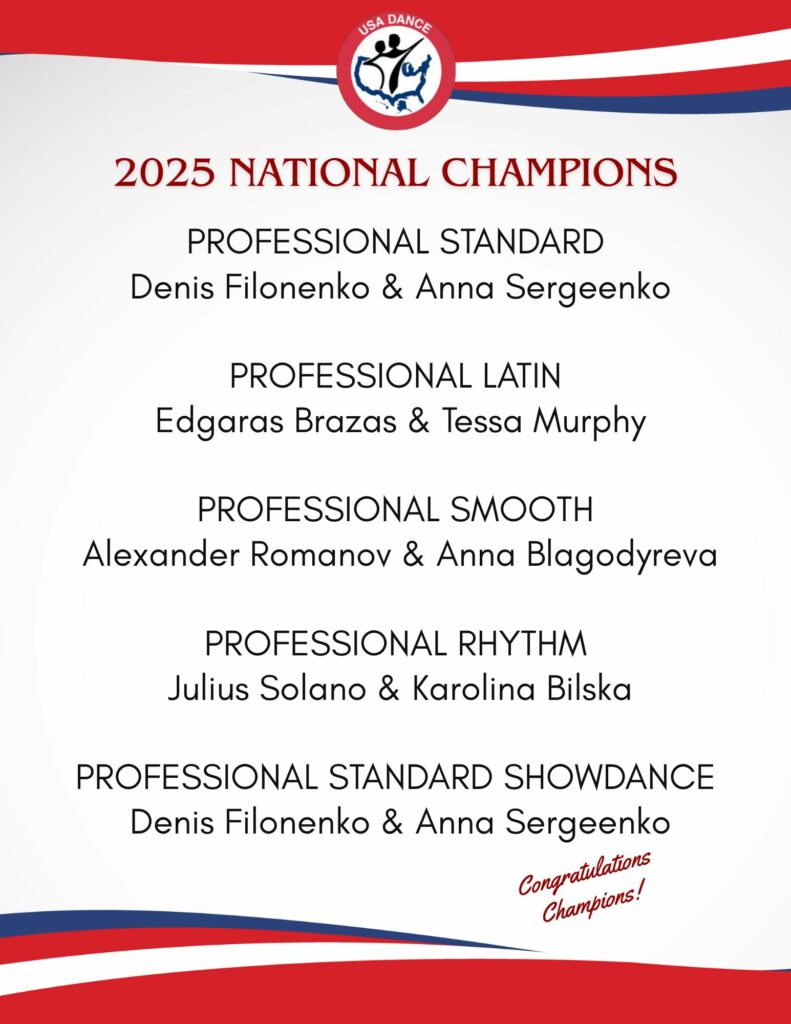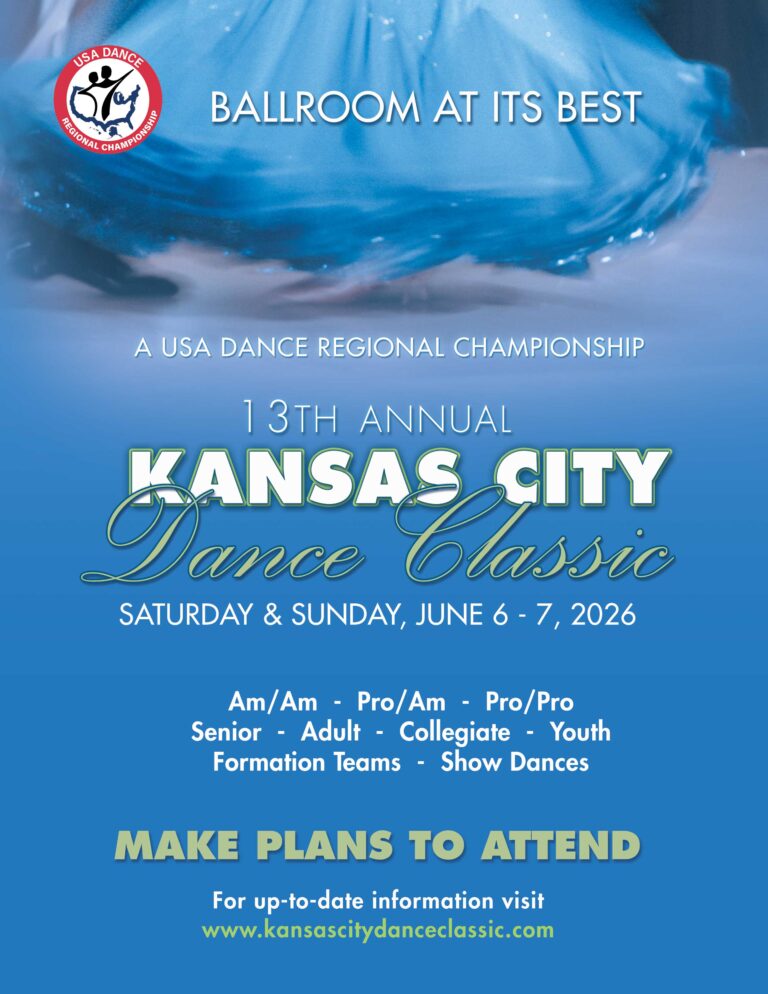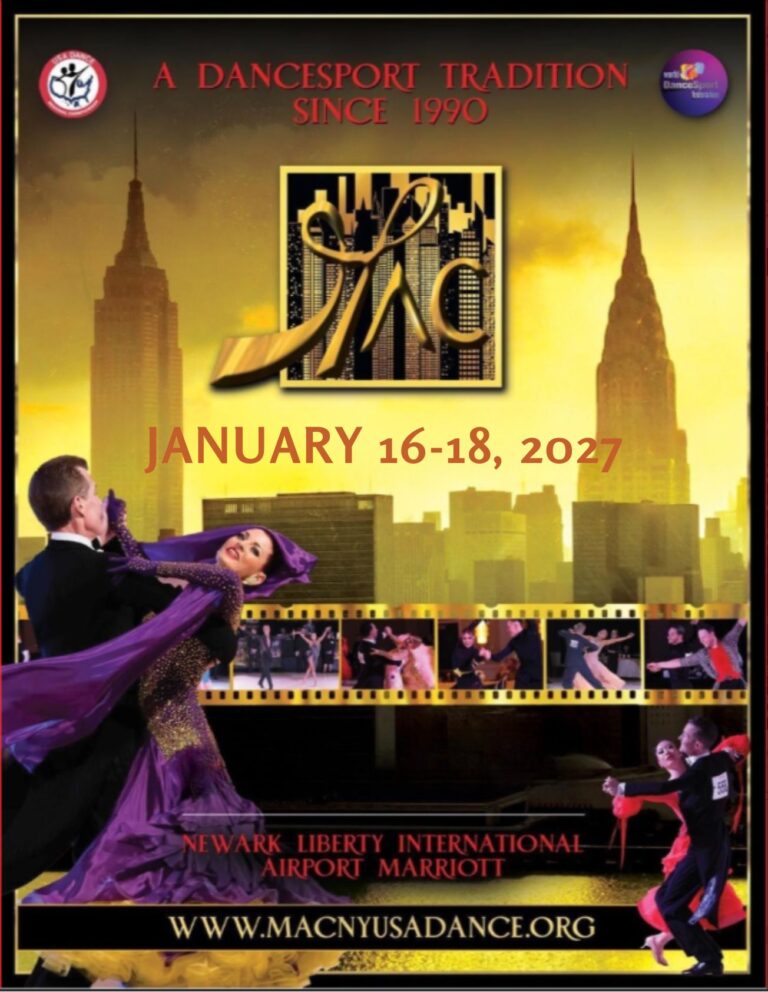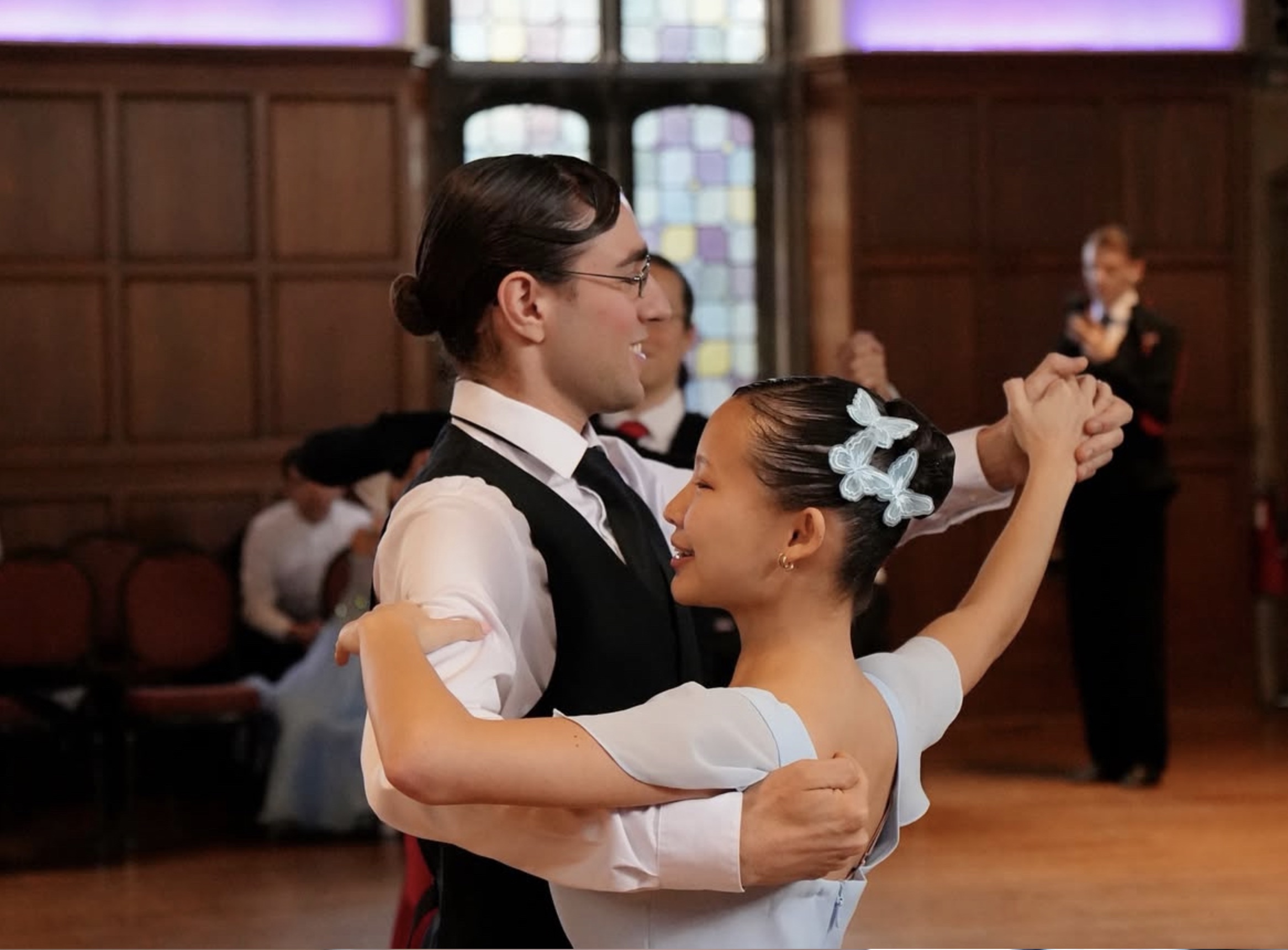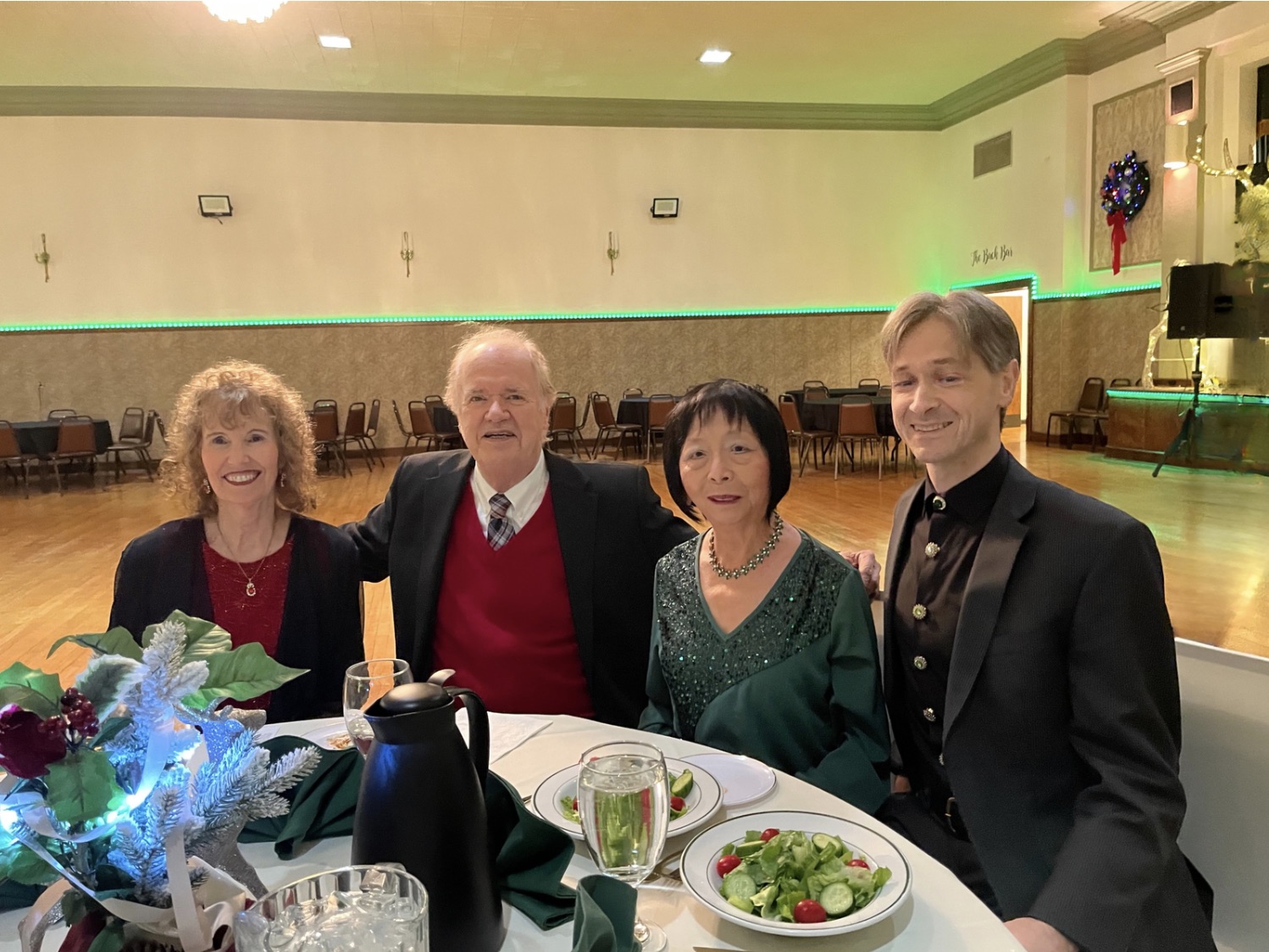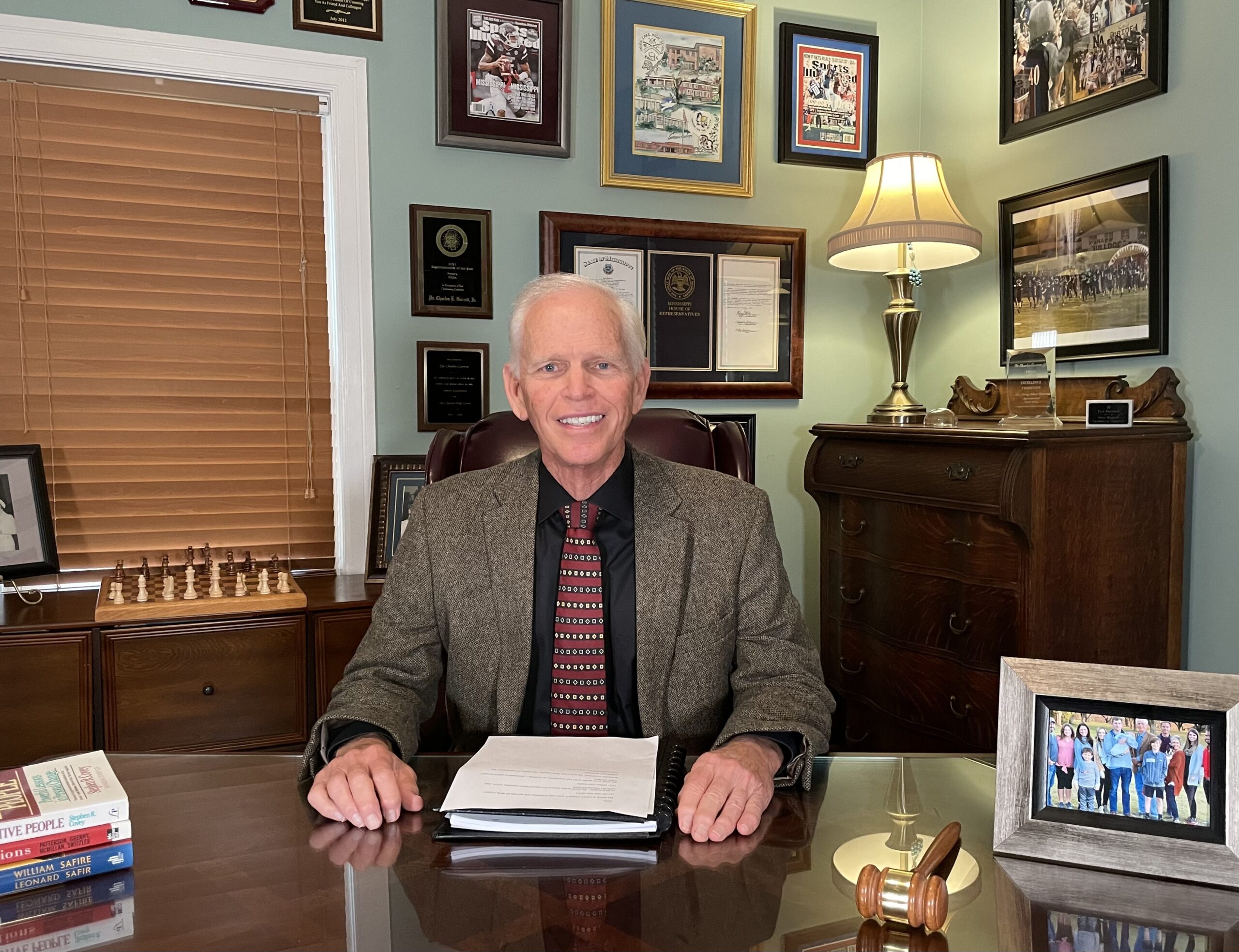Alan Golombek, a retired United States Army Lieutenant Colonel, discovered his passion for dance when he took his first dance lesson about 16 years ago. He met Thuy, his future wife, at a local Virginian dance studio. Even though Alan has past Army injuries, and his wife is deaf, nothing keeps them from dancing both socially and competitively.
Dance unites different types of personalities, and people dance for different reasons. Thuy is shy, creative, and has a knack for remembering moves that Alan may forget. Alan, due to his engineering and military background, is structured and sometimes more rigid. “I love the spiritual feeling when dancing with my wife. I love to show her off in her exquisite ball gowns. I have learned that she is right when she tries to show me the lead. I love the music,” says Alan.
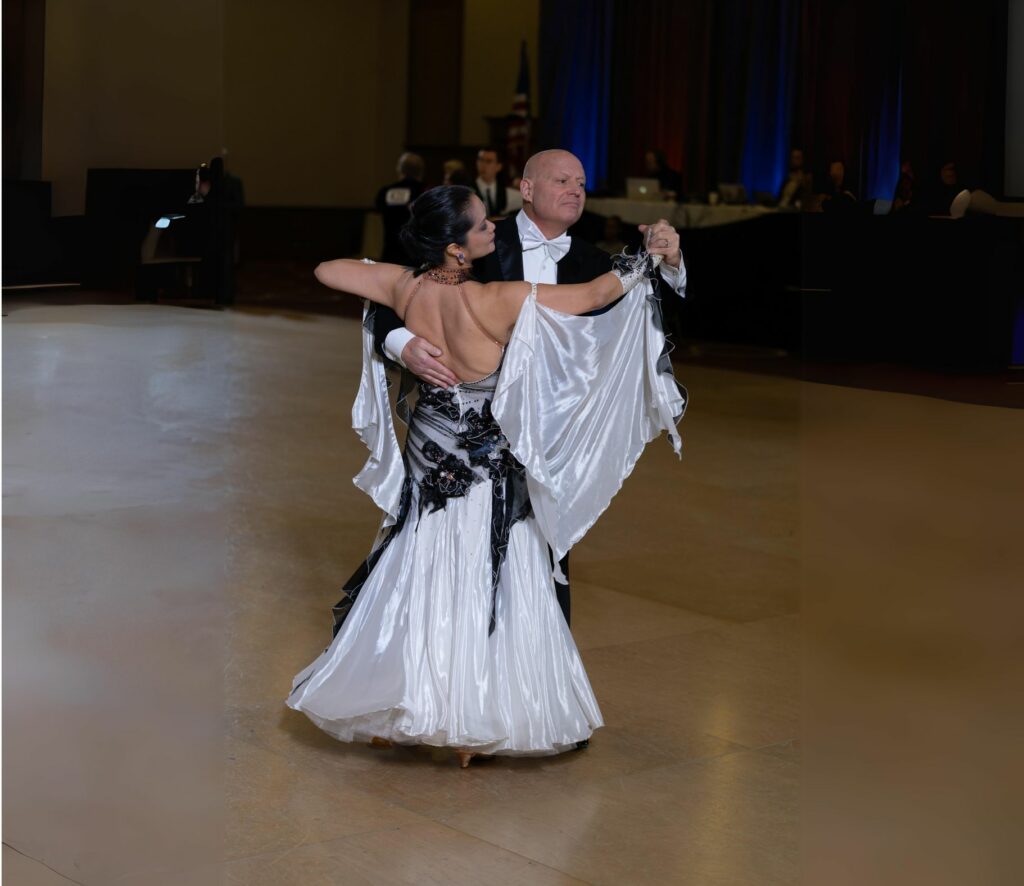
Per Thuy, she reminds Alan that she is not his Soldier in the military! She loves the beautiful ball gowns and feels she can express herself socially through dance.
Thuy and Alan began social group lessons before venturing into private lessons. Throughout this time, they had great professional teachers who were very patient when working with them. Coaching Thuy requires patience simply because she cannot hear; instead, she lip-reads. Her coaches have to talk slowly and clearly and be more animated in their demonstrations. Working with Alan requires understanding his physical limitations and prior injuries.
With the encouragement and support from dance friends, Thuy and Alan decided they wanted to dance competitively. For Alan, it wasn’t about winning awards; it was about showing off his beautiful wife. For Thuy, it was discovering that her shyness would vanish when dancing socially and competing. For both, preparing for competition allowed them to set goals for improving.
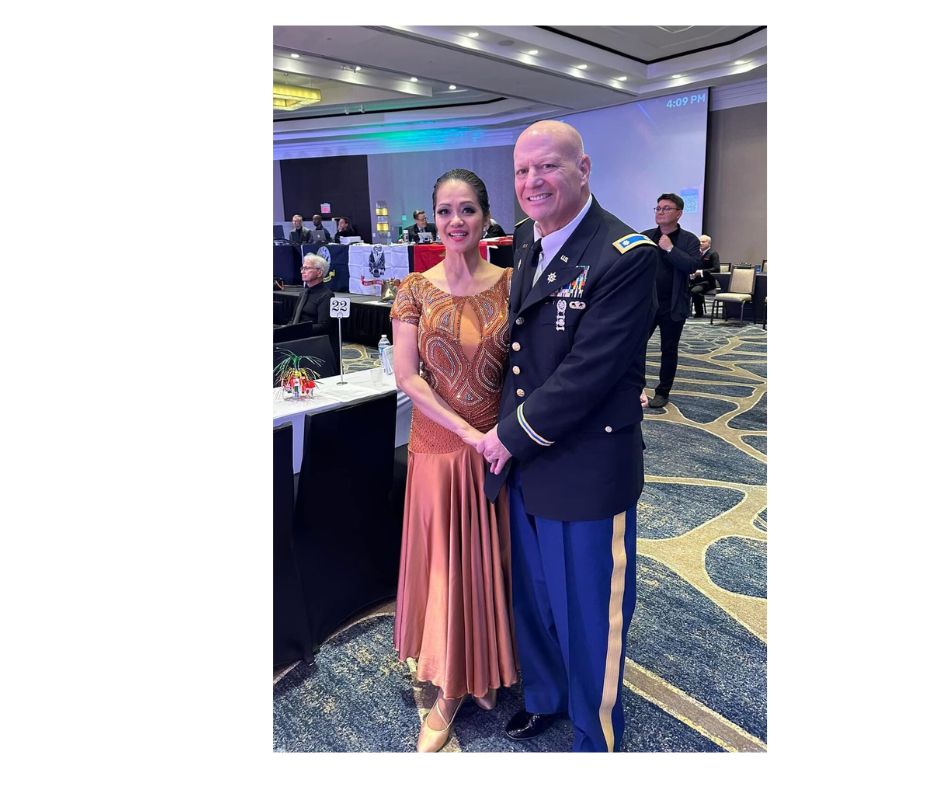
Today, they are Senior IV Silver-level dancers. Thuy loves the American Smooth Viennese Waltz and the Bolero, since it allows her to express herself through movement. They are disciplined and practice every day to prepare for competition. If a misstep happens, they can adjust and laugh at themselves, but they do not give up
Thuy is not a fan of sign language and prefers lip reading. Alan writes the count on paper, or they video a lesson and play it back for practice. Thuy loves to use YouTube to watch various dance routines. Alan loves to hear the beat of the music. Together they have a beautiful connection.
After Alan’s retirement from his position at the Pentagon he became an Engineering Professor at Northern Virginia University. He also teaches entry-level ballroom dance. “In order to get young students interested, I open the door, play music loudly, and dance. It catches the interest of the students. It is very rewarding to see that dance has taught students how to improve their connection with others. They have acquired leadership skills, goal setting, diplomacy, motivation, decisiveness, empathy, and respect.” Alan said. Alan’s final test for his students is to go out social dancing with people they do not know.
Thank you, Alan and Thuy, for sharing your story of amazing determination and perseverance and the reason that nothing keeps you and Thuy from dancing socially and competitively.

